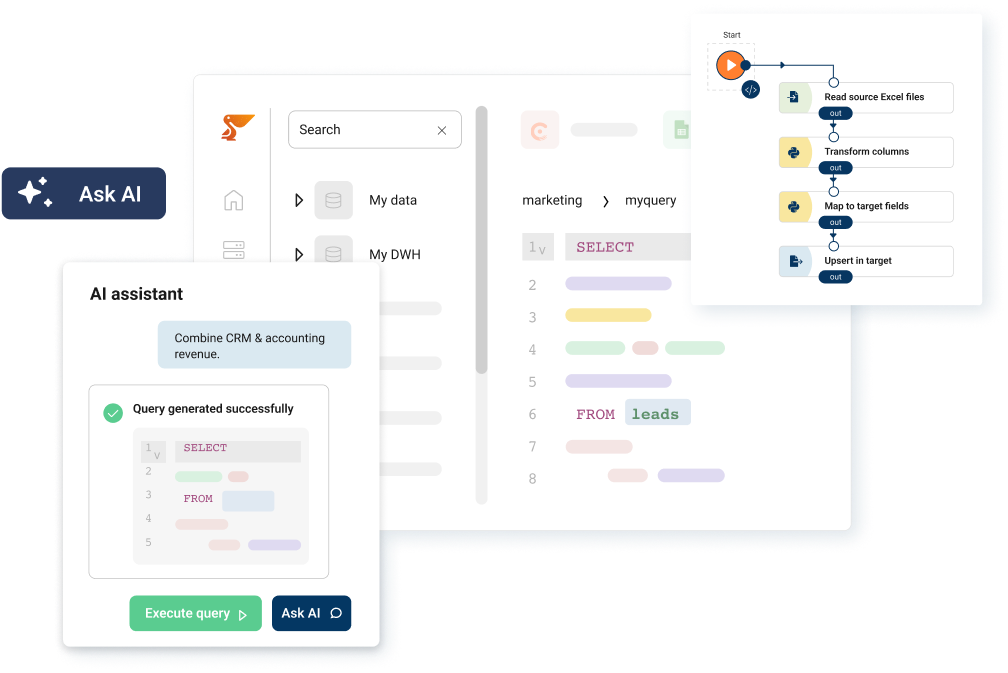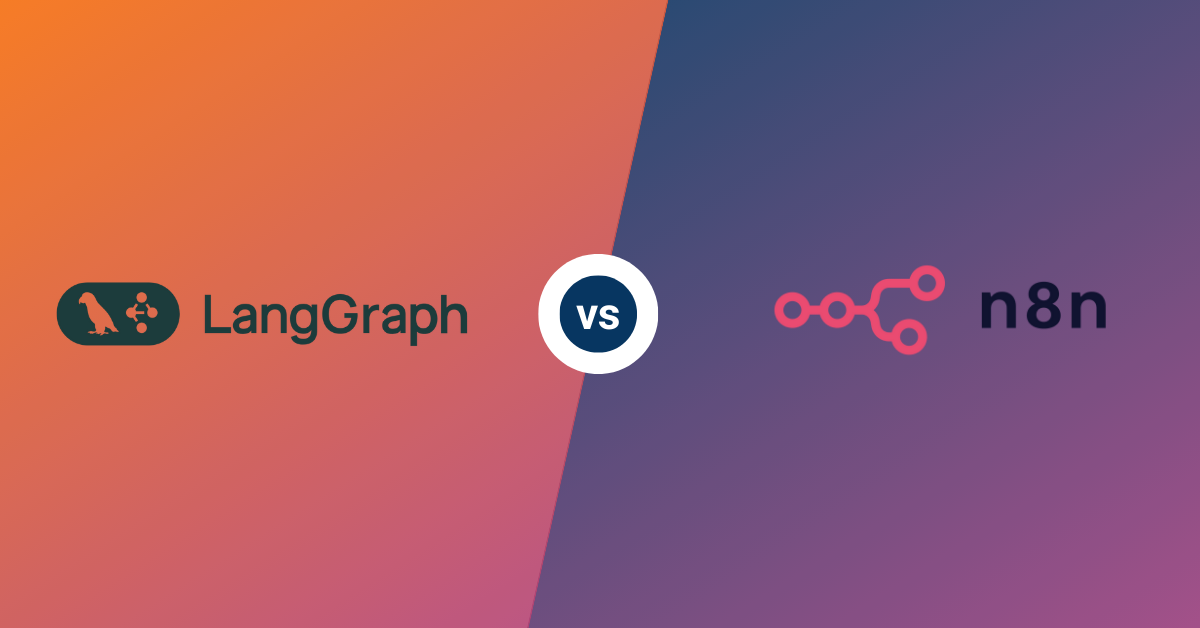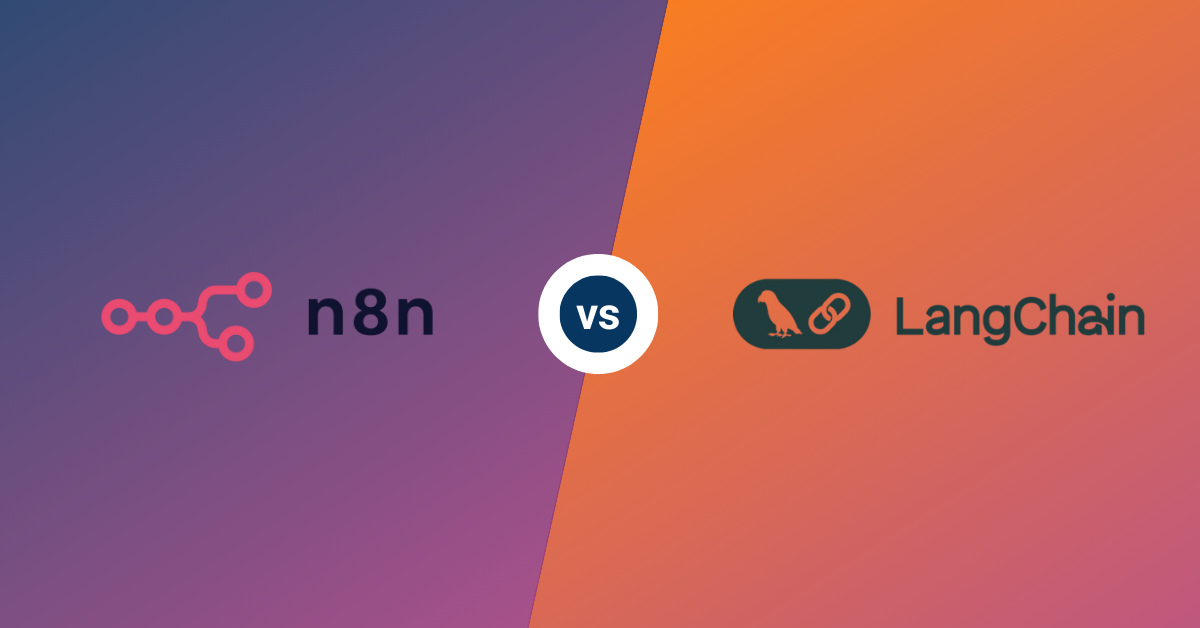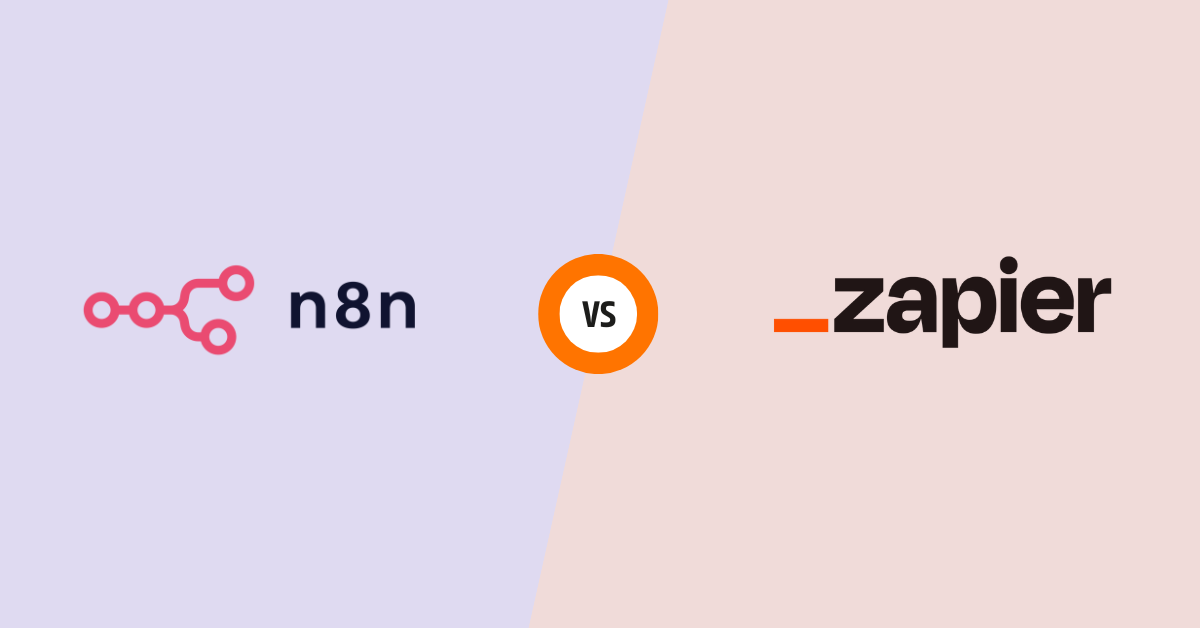Data integration stands at the forefront of modern business strategy, serving as the cornerstone for informed decision-making and operational excellence. As organizations grapple with an ever-expanding volume and variety of data, the ability to consolidate, harmonize, and derive insights from disparate sources has become a critical competitive advantage.
This comprehensive guide delves into the multifaceted world of data integration, offering a strategic roadmap for businesses seeking to harness the full potential of their information assets. We begin by exploring the fundamental concepts and objectives of data integration, providing a solid foundation for understanding its pivotal role in today’s data-driven landscape.
As we progress, we’ll explore the technological landscape of data integration, evaluating cutting-edge tools and platforms that are reshaping the field. Whether you’re a C-suite executive looking to drive strategic initiatives, an IT professional tasked with implementing robust data solutions, or a business analyst seeking to enhance your analytical capabilities, this guide provides the insights and practical knowledge needed to elevate your data integration efforts.
What is Data Integration?
At its core, data integration is the process of combining data from disparate sources into a unified, coherent view. But it’s so much more than just merging datasets. Data integration is about creating a single source of truth that enables organizations to leverage their data assets effectively.
The scope and importance of data integration cannot be overstated. As businesses generate and collect vast amounts of data from various sources – from customer interactions and sales transactions to social media feeds and IoT devices – the need for a cohesive data strategy becomes paramount. Data integration encourages collaboration across departments, breaks down information silos, and paves the way for data-driven decision making.
The Data Integration Process
Understanding the data integration process is crucial for anyone looking to implement or improve their data strategy. Let’s break it down into its key components:
- Data Extraction: This is where the data integration journey begins. Data is collected from various sources, which could include databases, applications, files, or even external data providers. It’s like gathering ingredients for a recipe – you need to know where to find each item and how to retrieve it.
- Data Transformation: Once extracted, the data often needs to be transformed to fit the target system’s requirements. This might involve cleaning the data, resolving inconsistencies, converting data types, or aggregating information. Think of it as preparing your ingredients – chopping, measuring, and mixing to get everything ready for the final dish.
- Data Loading: The transformed data is then loaded into the target system, which could be a data warehouse, a business application, or another type of database. This is akin to putting your prepared ingredients into the cooking pot.
- Data Quality Assurance: Throughout the process, it’s crucial to ensure the accuracy and quality of the integrated data. This involves various checks and balances, much like tasting your dish as you cook to make sure the flavors are right.
Modern data integration platforms have evolved to handle these steps more efficiently, often incorporating automation and real-time processing capabilities. This allows organizations to work with fresher, more accurate data and respond more quickly to changing business needs.
Types of Data Integration
There are several types of data integration, each suited to different organizational needs and technical environments. Let’s explore the main types:
ETL (Extract, Transform, Load):
This traditional method involves a three-step process: extracting data from various source systems, transforming it to fit the target schema and business rules, and loading it into the destination system, typically a data warehouse. ETL is particularly useful for complex transformations and when dealing with disparate data sources. However, ETL processes can be time-consuming and may introduce latency in data availability.
ELT (Extract, Load, Transform):
A modern variation of ETL, ELT leverages the processing power of contemporary data warehouses and big data platforms. In this approach, data is first extracted from source systems and loaded into the target system in its raw form. Transformations are then performed within the target system. ELT is particularly beneficial when working with large volumes of unstructured or semi-structured data, as it allows for more flexible and scalable data processing. It can also reduce overall processing time and enable faster data ingestion.
Data Virtualization:
This method creates a virtual, unified view of data without physically moving or copying it from source systems. Data virtualization provides real-time access to data across multiple sources through a single, abstracted interface. It’s particularly useful for scenarios requiring up-to-date information from diverse sources without the need for data replication. Data virtualization can significantly reduce storage costs and simplify data governance, but may face challenges with complex transformations or when dealing with large data volumes requiring intensive processing.
Real-time Data Integration:
This approach processes and integrates data as it is generated or changed in source systems, enabling immediate analysis and action. Real-time integration is crucial for applications requiring instant data updates, such as financial trading systems, IoT applications, or customer-facing operations. It often employs technologies like change data capture (CDC), message queues, and stream processing. While powerful, real-time integration can be complex to implement and may require significant infrastructure investment to handle high-volume, continuous data flows.
Batch Data Integration:
In this method, data is integrated at scheduled intervals, typically for large volumes of data that don’t require real-time processing. Batch integration is efficient for handling large datasets and complex transformations, making it suitable for scenarios like financial reconciliations or weekly sales reports. It’s generally less resource-intensive than real-time integration but introduces latency in data availability. Modern batch processing systems often leverage distributed computing frameworks to handle very large datasets efficiently.
Application-based Integration:
This approach involves integrating data at the application level, often using APIs or middleware. It allows for direct data exchange between different software applications, enabling seamless integration of business processes. Application-based integration is particularly useful in microservices architectures and when dealing with SaaS applications. It offers flexibility and can support both real-time and batch integration scenarios, but requires careful API management and may face challenges with complex, multi-step integrations.
| Data Integration Method | Description | Key Advantage | Main Use Case |
|---|---|---|---|
| ETL | Extract, Transform, Load | Thorough data cleansing | Complex transformations |
| ELT | Extract, Load, Transform | Leverages target system power | Large volumes of raw data |
| Data Virtualization | Creates unified view without moving data | Real-time access, reduced storage | Diverse source integration |
| Real-time Integration | Processes data as it’s generated | Immediate data availability | Time-sensitive applications |
| Batch Integration | Processes data at scheduled intervals | Efficient for large volumes | Periodic reporting |
| Application-based Integration | Integrates at application level, often via APIs | Direct data exchange | Microservices, SaaS integration |
Understanding these different types of integration is crucial for choosing the right approach for your organization’s needs. In the next sections, we’ll delve into the goals and benefits of data integration, which will help guide your choice of integration type.
Goals and Benefits of Data Integration
Why go through all the effort of integrating your data? The goals and benefits of data integration are numerous and can significantly impact your organization’s success. Let’s explore them:
Primary Goals of Data Integration:
Create a Single Source of Truth:
Data integration consolidates information from diverse sources, providing a unified and consistent view across the organization. This centralized approach ensures that all departments work with the same reliable data, reducing discrepancies and promoting alignment in decision-making processes.
Enhance Data Quality:
The integration process serves as a mechanism for identifying and resolving data inconsistencies. By standardizing data formats, eliminating duplicates, and applying consistent business rules, data integration significantly improves overall data quality, leading to more trustworthy insights and analytics.
Improve Data Accessibility:
Integrated data systems typically offer simplified access protocols, making information more readily available to authorized users throughout the organization. This increased accessibility democratizes data usage, enabling a broader range of employees to leverage data in their daily operations and strategic planning.
Enable Real-time Data Processing:
Modern data integration solutions often focus on providing near real-time or real-time data updates. This capability allows businesses to respond swiftly to changing market conditions, customer behaviors, or operational issues, fostering agility and proactive decision-making.
Key Benefits of Data Integration:
Enhanced Decision-making:
By providing access to comprehensive, up-to-date information, data integration empowers leaders to make more informed and timely decisions. This data-driven approach can lead to better strategic choices and improved organizational outcomes.
Improved Operational Efficiency:
Streamlined data flows significantly reduce manual effort and improve process efficiency. Employees no longer waste time searching for data or reconciling conflicting information from various sources, leading to increased productivity and reduced operational bottlenecks.
Better Customer Insights:
A unified view of customer data enables organizations to create more personalized experiences and implement targeted marketing strategies. This comprehensive understanding of the customer journey across all touchpoints can lead to improved customer satisfaction and loyalty.
Increased Data Accuracy:
The consolidation of data sources and implementation of standardized processes inherently improve overall data quality. This reduction in errors and inconsistencies leads to more reliable analytics and reporting, supporting better business outcomes.
Cost Savings:
By eliminating data silos and redundant processes, organizations can significantly reduce operational costs. Streamlined data management often leads to decreased IT expenses and more efficient use of resources across the organization.
Faster Time-to-Insight:
Integrated data systems allow for quicker analysis and reporting capabilities. This speed enables organizations to identify trends, respond to market changes, and capitalize on opportunities faster than competitors, providing a crucial edge in today’s fast-paced business environment.
Improved Compliance:
Centralized data management facilitates easier adherence to regulatory requirements and maintenance of robust data governance practices. This centralized approach simplifies auditing processes and helps organizations stay compliant with evolving data protection regulations.
Enhanced Collaboration:
Shared access to integrated data fosters improved cooperation across departments, effectively breaking down organizational silos. This collaborative environment can lead to increased innovation, better problem-solving, and more cohesive organizational strategies.
By successfully achieving these goals and leveraging these benefits, organizations can gain a significant competitive advantage in their respective markets. Data integration serves as a foundational element for digital transformation initiatives, enabling businesses to become more data-driven, efficient, and responsive to market demands.
Data Integration Approaches and Techniques
Now that we understand the goals and benefits of data integration, let’s explore how organizations can actually implement it. There are several approaches and techniques to choose from, each with its own strengths and ideal use cases
Data Integration Approaches:
- Physical Data Integration: This approach involves the actual movement and consolidation of data from various source systems into a central repository, typically a data warehouse or data lake. It’s a comprehensive method that creates a single, physical instance of integrated data.
- Cloud Data Integration: This approach leverages cloud-based platforms and services to integrate data across on-premises and cloud environments. It offers scalability, flexibility, and cost-effectiveness, particularly for organizations with hybrid IT infrastructures. Cloud integration can support both physical and virtual integration methods, providing options for data storage, processing, and analytics in the cloud.
- Middleware Data Integration: This method utilizes middleware software to facilitate communication and data exchange between different applications and systems. Middleware acts as an intermediary layer, translating and routing data between disparate systems, often in real-time.
- API-based Integration: While not mentioned in the original list, API-based integration is increasingly important. This approach uses Application Programming Interfaces (APIs) to enable seamless data exchange between different systems and applications. It’s particularly effective for real-time data sharing, microservices architectures, and integrating with SaaS applications.
- Hybrid Integration: Many organizations adopt a hybrid approach, combining elements of physical, virtual, cloud, and middleware integration strategies. This allows them to tailor their integration solution to specific business needs, data types, and system capabilities.
Each of these approaches has its strengths and is suited to different scenarios. The choice depends on factors such as data volumes, latency requirements, existing infrastructure, compliance needs, and the organization’s overall data strategy. Modern data integration often involves a combination of these approaches to address diverse integration challenges effectively..
Common Data Integration Techniques:
- Data Consolidation: The process of combining data from multiple sources into a unified, cohesive view. This technique creates a comprehensive dataset that provides a holistic perspective on organizational data, enabling improved analysis and more informed decision-making across the enterprise.
- Data Propagation: The systematic replication of data across multiple systems or locations. This method ensures consistency and availability of information throughout an organization, maintaining data uniformity across various platforms and departments, which is crucial for operational efficiency and accuracy.
- Data Synchronization: The real-time or near real-time alignment of data between multiple systems. This technique facilitates immediate data consistency across all data touchpoints, reducing discrepancies and potential errors. It’s particularly valuable in environments where up-to-date information is critical for operations and decision-making.
- Data Warehousing: The process of storing integrated data from various sources in a centralized repository. This approach provides a single, organized location for accessing and analyzing historical and current data, facilitating comprehensive data analysis, reporting, and business intelligence activities. It serves as a foundation for data-driven strategies and insights.
- Master Data Management (MDM): The creation and maintenance of a single, authoritative source of truth for critical business data. MDM ensures data accuracy, consistency, and reliability across the organization by establishing a standardized reference point for key organizational data. This reduces redundancy and inconsistencies, leading to improved data quality and more reliable business operations.
These techniques, when implemented effectively, form the backbone of a robust data management strategy, enabling organizations to leverage their data assets more efficiently and make informed, data-driven decisions.
Implementing Data Integration Technology
Successfully implementing data integration technology requires careful planning and execution. Here’s a step-by-step data integration implementation guide to help you navigate the process:
1. Define Clear Objectives:
Begin by articulating specific goals for your data integration initiative. Whether it’s enhancing customer insights, streamlining operations, or improving decision-making capabilities, these objectives will serve as the foundation for your entire implementation process and guide strategic decisions throughout.
2. Assess Your Current Data Landscape:
Conduct a thorough inventory of existing data sources, formats, and quality. This comprehensive assessment provides crucial insights into the scope of your integration project, helping identify potential challenges and informing the selection of appropriate integration methods and tools.
3. Choose the Right Data Integration Tools:
Select integration approaches and technologies that align with your objectives and current data landscape. Consider factors such as real-time versus batch processing requirements, cloud versus on-premises preferences, and your team’s technical capabilities to ensure a suitable fit for your organization’s needs.
4. Develop a Comprehensive Data Integration Strategy:
Create a strategy that aligns with your business goals and encompasses plans for data governance, quality management, and security. This holistic approach ensures that your integration efforts support broader organizational objectives while addressing critical data management concerns.
5. Design Your Integration Architecture:
Map out the data flow from source systems to your integrated environment. This design should include data transformation rules, storage requirements, and user access protocols. A well-designed architecture forms the blueprint for efficient and effective data integration.
6. Implement Data Governance Practices:
Establish robust policies and procedures for data quality, security, and compliance. These governance practices are essential for maintaining the integrity, usability, and trustworthiness of your integrated data, ensuring it remains a valuable asset for your organization.
7. Build and Test Your Integration Processes:
Develop integration workflows and rigorously test them using sample data before deployment. This step is crucial for identifying and resolving potential issues, ensuring smooth operation when the system goes live.
8. Train Your Staff:
Provide comprehensive training to both technical and business users on working with the new integrated data environment. Effective training ensures that your team can fully leverage the integrated data, maximizing the return on your integration investment.
9. Go Live and Monitor:
Launch your integration processes and implement continuous monitoring of their performance. Be prepared to make agile adjustments as needed to optimize functionality and address any unforeseen challenges that may arise during real-world operation.
10. Continuously Optimize:
Regularly review and refine your integration processes to ensure they continue to meet your evolving business needs. This ongoing optimization helps maintain the relevance and effectiveness of your data integration efforts in a rapidly changing data landscape.
By following this strategic approach, organizations can effectively implement data integration technology, creating a robust foundation for data-driven decision-making and operational excellence. Remember that data integration is an ongoing process that requires continuous attention and adaptation to remain aligned with evolving business requirements and technological advancements.
Data Integration Systems and Tools
Modern data integration platforms offer a comprehensive suite of capabilities to address the complex needs of organizations. Here’s an overview of key features found in effective data integration systems and tools:
Support for Multiple Data Sources and Formats:
These systems can seamlessly connect to a wide array of data repositories, including various types of databases (relational, NoSQL), cloud storage services, enterprise applications, and diverse file formats (CSV, JSON, XML). This versatility enables organizations to integrate data from virtually any source within their ecosystem.
Built-in Data Transformation and Cleansing Tools:
Advanced integration platforms provide robust capabilities for data preparation, including tools for data mapping, transformation, and cleansing. These features allow organizations to standardize data formats, resolve inconsistencies, and enhance data quality before integration, ensuring the final dataset is accurate and uniform.
Real-time and Batch Processing Capabilities:
Modern data integration tools offer flexibility in data processing, supporting both real-time data streaming for immediate updates and batch processing for large-scale, scheduled data transfers. This dual capability allows organizations to balance the need for up-to-the-minute information with efficient handling of massive datasets.
Data Quality and Governance Features:
Integrated data quality management and governance tools help maintain the integrity, security, and compliance of data throughout the integration process. These features often include data profiling, validation rules, access controls, and audit trails, ensuring that integrated data meets organizational and regulatory standards.
Scalability:
To accommodate growing data volumes and increasing complexity, advanced integration platforms are designed with scalability in mind. They often leverage distributed processing, cloud resources, and optimized algorithms to ensure performance and reliability as data integration needs expand.
Cloud Integration Capabilities:
With the growing adoption of cloud services, modern integration tools offer robust capabilities for connecting cloud-based and on-premises data sources. This includes support for various cloud platforms, hybrid cloud environments, and multi-cloud architectures, enabling seamless data flow across diverse IT landscapes.
API Management and Connectivity:
Sophisticated integration platforms provide comprehensive API management features, facilitating application integration and data exchange. This includes tools for API design, testing, deployment, and monitoring, enabling organizations to create robust, scalable integration architectures.
Monitoring and Analytics:
Advanced monitoring and analytics capabilities allow organizations to oversee integration processes, track performance metrics, and gain insights into data flows. These features often include real-time dashboards, alerting systems, and predictive analytics to proactively manage and optimize integration workflows.
Self-service Integration Tools:
Many modern platforms offer user-friendly interfaces and low-code/no-code options, enabling business users to perform basic integration tasks without deep technical expertise. This democratization of data integration can significantly enhance organizational agility and reduce IT bottlenecks.
Machine Learning and AI Integration:
Cutting-edge integration tools are incorporating machine learning and AI capabilities to automate complex integration tasks, such as data mapping, anomaly detection, and pattern recognition. These advanced features can greatly enhance the efficiency and intelligence of data integration processes.
Data Cataloging and Metadata Management:
Robust metadata management and data cataloging features help organizations maintain a clear understanding of their data assets, including data lineage, relationships, and usage patterns. This supports better data governance and enables more effective use of integrated data.
Compliance and Security Features:
Given the increasing importance of data privacy and security, modern integration tools offer advanced features for data protection, including encryption, masking, and anonymization capabilities. They also provide tools to help organizations comply with various data protection regulations.
By leveraging these advanced features, organizations can implement sophisticated data integration strategies that not only consolidate their data but also enhance its value, accessibility, and security. The choice of specific tools and systems should be guided by an organization’s unique needs, existing IT infrastructure, and long-term data strategy.
Top Data Integration Vendors
Choosing the right data integration tool can be overwhelming, but the following list highlights some of the top options for 2024, considering the above factors:
- Peliqan
- Informatica PowerCenter
- Talend
- Microsoft Azure Data Factory
- Celigo
- SnapLogic
- Jitterbit
- Stitch
- Fivetran
- IBM DataStage
- Pentaho
- MuleSoft Anypoint Platform
- Oracle Data Integrator
- Boomi
- SAP Data Services
To learn more about each tools and find the best one that suits your business need, read this blog – The Top 15 Data Integration Tools of 2024.
Spotlight on Peliqan: A Comprehensive Solution
Among the many data integration tools available, Peliqan stands out as an all-in-one platform designed to meet diverse data needs.

Here’s why Peliqan is gaining attention in the data integration space:
Comprehensive Connectivity: Peliqan connects to over 100 SaaS applications, databases, and file sources, enabling easy data integration from multiple sources.
Flexible Data Warehouse Options: Users can leverage Peliqan’s built-in data warehouse or integrate with popular options like Snowflake, BigQuery, Redshift, or SQL Server.
Versatile Transformation Capabilities: Peliqan supports SQL, low-code Python, and AI-assisted transformations, catering to users with varying technical expertise.
Data Activation Features: The platform enables reverse ETL, API publishing, alerting, and custom report distribution, making it easy to put integrated data into action.
Simplified ETL Process: Peliqan automates pipeline creation and maintenance, reducing the need for specialized data engineering skills.
Real-time Data Access: The platform’s federated query engine provides real-time access to external databases, enhancing data freshness and accessibility.
User-Friendly Interface: Business users can explore and edit data in a spreadsheet-like interface, while developers can implement advanced use cases with low-code Python scripts.
AI Assistance: Peliqan’s AI helper can generate SQL queries based on natural language input, accelerating insight discovery.
Built-in Data Governance: The platform includes automatic data lineage detection and a built-in data catalog for effective metadata management.
Extensibility: Peliqan offers a marketplace for easy deployment of additional data tools like Metabase, Power BI, and Apache Airflow.
Peliqan’s comprehensive approach addresses many common data integration challenges, making it a strong contender for organizations looking to streamline their data integration processes.
Challenges in Data Integration
While data integration offers numerous benefits, it’s not without its challenges. Understanding these hurdles is crucial for developing effective strategies to overcome them:
Data Quality Issues:
Ensuring consistent and accurate data across diverse sources is a significant challenge in data integration. Inconsistencies, inaccuracies, and duplications in source data can undermine the integrity of integrated systems, potentially leading to flawed insights and decisions. Organizations must implement robust data cleansing and validation processes to maintain high data quality standards throughout the integration pipeline.
Incompatible Data Formats:
The variety of data formats used by different systems often necessitates complex and time-consuming transformation efforts. This challenge involves not only structural differences but also semantic inconsistencies in how data is represented across systems. Developing effective data mapping and transformation strategies is crucial to harmonizing these disparate formats into a cohesive, integrated dataset.
Security and Compliance Concerns:
Integrating data from various sources introduces significant privacy and regulatory challenges, particularly when handling sensitive information. Organizations must navigate a complex landscape of data protection regulations, ensuring that integrated data systems maintain compliance while still enabling necessary data accessibility and usage. This often requires implementing sophisticated access controls, encryption methods, and audit trails.
Scalability:
The exponential growth of data volumes presents a major scalability challenge for integration processes. Integration systems must be designed to handle increasing data loads without compromising performance or reliability. This often involves adopting cloud-based solutions, implementing distributed processing techniques, and continuously optimizing integration workflows to maintain efficiency at scale.
Legacy System Integration:
Incorporating older systems with limited integration capabilities into a unified data environment can be particularly challenging. These systems may lack modern APIs or use obsolete data formats, requiring custom integration solutions or middleware. Organizations often face the dilemma of whether to invest in modernizing these legacy systems or developing workarounds to include them in the integrated environment.
Real-time Integration Demands:
Many modern business scenarios require near-instantaneous data updates across complex systems. Implementing real-time or near-real-time integration can be technically challenging, often requiring sophisticated event-driven architectures, stream processing capabilities, and high-performance networking infrastructure. Balancing the need for real-time data with system performance and resource constraints is a delicate task.
Skill Gaps:
Effective data integration often demands specialized skills that may be scarce within an organization. This skills gap can encompass expertise in specific integration tools, understanding of complex data architectures, and knowledge of data governance best practices. Organizations may need to invest in training programs or recruit specialized talent to bridge these gaps.
Change Management:
Implementing new integration processes can face resistance within organizations, necessitating careful change management strategies. This challenge involves not only technical changes but also shifts in work processes and organizational culture. Effective communication, stakeholder engagement, and user training are crucial for overcoming this hurdle and ensuring adoption of new integrated systems.
Data Governance Complexity:
Maintaining consistent governance policies across integrated data from various sources presents significant challenges. This involves establishing and enforcing standards for data quality, access controls, metadata management, and regulatory compliance across a diverse data landscape. Organizations must develop comprehensive governance frameworks that can adapt to evolving data integration environments.
Cost Management:
While data integration can lead to long-term cost savings, the initial implementation and ongoing maintenance can be expensive. Organizations must carefully balance the costs of integration technologies, infrastructure upgrades, and skilled personnel against the expected benefits. Developing a clear ROI model and managing expectations around the timeframe for realizing benefits is crucial for successful cost management in data integration initiatives.
Recognizing and addressing these challenges is essential for successful data integration. Organizations that proactively develop strategies to overcome these hurdles are better positioned to realize the full potential of their integrated data environments, driving innovation, efficiency, and competitive advantage in their respective markets.
Best Practices for Successful Data Integration
This comprehensive section details best practices for every aspect of data integration, from developing a robust strategy to ensuring data quality, promoting cross-functional collaboration, and embracing automation:
Develop a Comprehensive Strategy
- Align with business objectives: Ensure your data integration strategy supports overall business goals.
- Involve stakeholders: Get buy-in from all relevant departments early in the process.
- Plan for the long-term: Consider future needs and scalability in your strategy.
- Define clear metrics: Establish KPIs to measure the success of your integration efforts.
Prioritize Data Governance
- Establish data ownership: Clearly define who is responsible for different data sets.
- Create data standards: Develop and enforce standards for data quality, format, and metadata.
- Implement data lifecycle management: Define processes for data creation, usage, storage, and deletion.
- Ensure compliance: Align governance policies with relevant regulations (e.g., GDPR, NIS2).
Choose the Right Tools
- Assess your needs: Evaluate your specific requirements before selecting tools.
- Consider scalability: Ensure the tools can handle growing data volumes and complexity.
- Check for compatibility: Verify that the tools integrate well with your existing systems.
- Evaluate vendor support: Consider the level of support and community resources available.
Focus on Data Quality
- Implement data profiling: Regularly assess the quality of your data sources.
- Establish data cleansing processes: Develop automated routines to clean and standardize data.
- Set up data validation rules: Create checks to ensure data meets quality standards before integration.
- Monitor data quality metrics: Regularly track and report on data quality KPIs.
Ensure Proper Security Measures
- Implement strong authentication: Use multi-factor authentication for access to integrated data.
- Encrypt sensitive data: Apply encryption both in transit and at rest.
- Set up access controls: Implement role-based access control (RBAC) for data access.
- Conduct regular security audits: Periodically review and test your security measures.
Start Small and Scale
- Begin with pilot projects: Choose a small-scale integration project to start with.
- Learn from initial efforts: Use insights from early projects to refine your approach.
- Gradually increase complexity: Progressively take on more complex integration tasks.
- Celebrate early wins: Use successes to build momentum and support for larger initiatives.
Promote Cross-functional Collaboration
- Form integrated teams: Create teams that include both IT and business representatives.
- Encourage knowledge sharing: Set up regular meetings or forums for cross-functional discussions.
- Develop shared goals: Align IT and business objectives in integration projects.
- Use collaborative tools: Implement platforms that facilitate easy communication and cooperation.
Invest in Training
- Provide technical training: Ensure IT staff are proficient in chosen integration tools and techniques.
- Offer business user education: Help non-technical staff understand the value and use of integrated data.
- Develop internal experts: Identify and nurture internal champions for data integration.
- Create ongoing learning opportunities: Keep staff updated on new trends and best practices.
Implement Robust Metadata Management
- Create a metadata repository: Establish a central location for storing and managing metadata.
- Document data lineage: Track the origin and transformations of data throughout the integration process.
- Maintain data dictionaries: Create and update comprehensive data dictionaries for all integrated data.
- Use metadata for impact analysis: Leverage metadata to understand the potential impact of changes.
Regularly Monitor and Optimize
- Set up performance monitoring: Implement tools to track the performance of your integration processes.
- Conduct regular reviews: Schedule periodic assessments of your integration architecture and processes.
- Optimize based on insights: Use monitoring data to identify and implement improvements.
- Stay agile: Be prepared to adjust your integration strategy as business needs evolve.
Plan for Scalability
- Design flexible architecture: Create an integration architecture that can easily accommodate growth.
- Use cloud resources: Leverage cloud platforms for scalable processing and storage capabilities.
- Implement modular design: Build integration processes in a modular way for easy scaling and modification.
- Conduct capacity planning: Regularly assess and plan for future capacity needs.
Embrace Automation
- Automate routine tasks: Identify and automate repetitive integration tasks.
- Implement self-service capabilities: Develop tools that allow business users to perform simple integration tasks.
- Use AI and machine learning: Leverage advanced technologies for intelligent automation of complex tasks.
- Continuously improve automation: Regularly review and enhance your automation processes.
By thoroughly implementing these best practices, organizations can significantly improve their chances of success in data integration initiatives. Remember, the key is to view data integration as an ongoing process of improvement and adaptation, rather than a one-time project.
Emerging Trends and the Future of Data Integration
As technology evolves, so does the field of data integration. Staying ahead of data integration trends can give organizations a competitive edge:
- AI and Machine Learning: These technologies are increasingly being used to automate and optimize data integration processes. AI can help in tasks like data mapping, anomaly detection, and even suggesting optimal integration strategies.
- Edge Computing Integration: With the growth of IoT devices, there’s a trend towards processing and integrating data closer to its source, reducing latency and bandwidth usage.
- Blockchain for Data Integration: Blockchain technology is being explored for its potential to enhance security and traceability in data exchanges, particularly in scenarios involving multiple organizations.
- Data Fabric Architecture: This emerging concept aims to create a flexible, unified data environment across distributed sources, simplifying data integration in complex, hybrid environments.
- Augmented Data Integration: This involves using AI to assist data professionals in tasks like data preparation, quality management, and integration design.
- Continuous Intelligence: There’s a growing trend towards integrating real-time analytics into operational processes, requiring more sophisticated, real-time data integration capabilities.
- Data Integration as a Service: More organizations are turning to cloud-based, managed data integration services to reduce complexity and operational overhead.
- Privacy-Preserving Integration Techniques: As data privacy regulations become more stringent, new methods for integrating data while preserving privacy (such as federated learning) are gaining traction.
Looking ahead, we can expect data integration to become even more critical as organizations deal with increasingly diverse and voluminous data sources. The focus will likely shift towards more intelligent, automated, and real-time integration capabilities that can handle the complexity of modern data ecosystems while ensuring data privacy and security.
Conclusion
Data integration has evolved from a technical necessity to a strategic imperative for organizations in the digital age. By bringing together data from disparate sources, it provides a unified view that drives better decision-making, enhances operational efficiency, and unlocks new insights.
While the journey to effective data integration is not without challenges, the benefits far outweigh the difficulties. By understanding the various approaches, leveraging the right tools like Peliqan can help organizations turn their data into a powerful asset.
Remember, data integration is not a one-time project but an ongoing process. As your organization grows and evolves, so too should your data integration strategy. Continuous improvement, adaptation to new technologies, and alignment with business goals will ensure that your data integration efforts continue to deliver value in the long term









